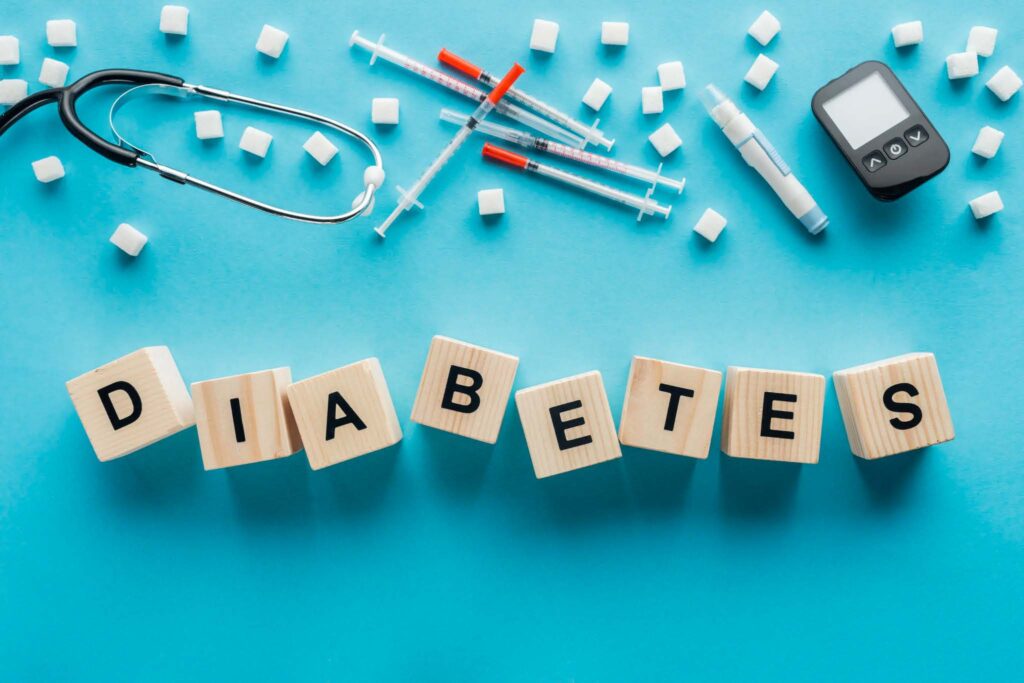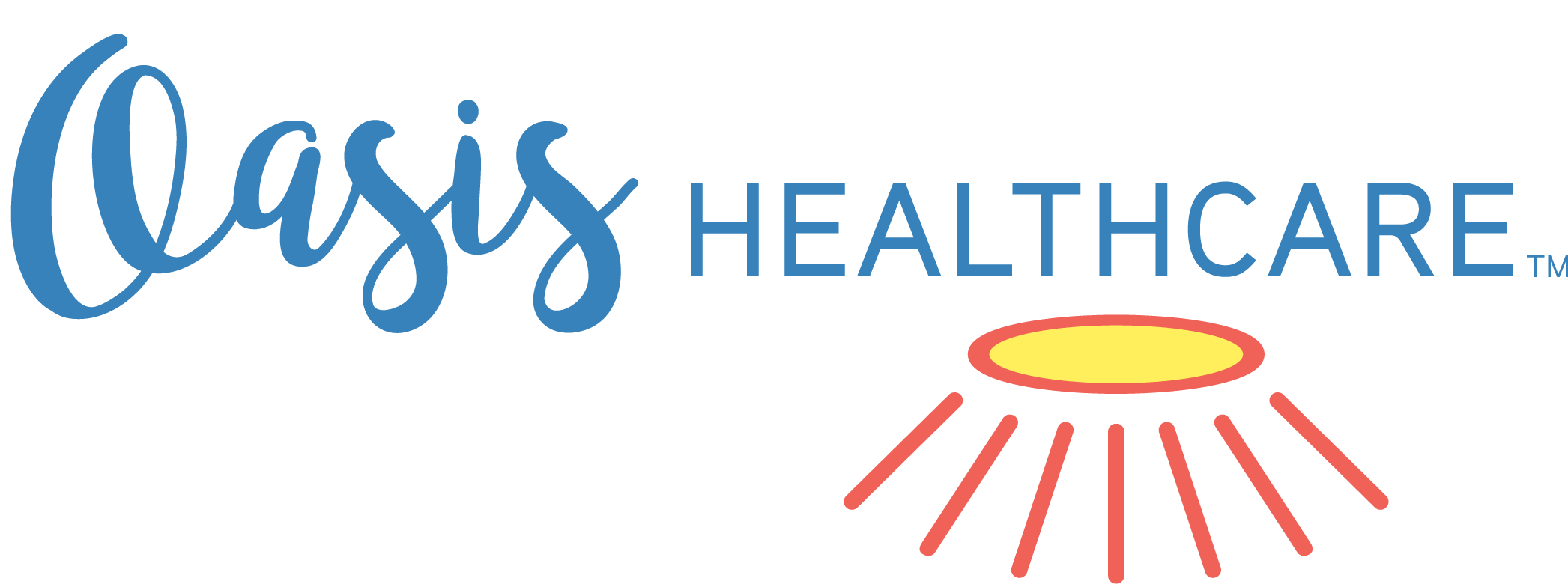November is American Diabetes Month
When you hear the word “diabetes”, chances are it hits home on some level. It may be a loved one, a parent, a friend, or yourself who is living with this disease. They are just one of 34 million Americans living with a diabetes diagnosis. Another 96 million have prediabetes. Of those 96 million, 80% of them do not know they have prediabetes, highly increasing the likelihood of developing diabetes down the road. The consequences of this disease are high, and the prevalence across our population is increasing. November is American Diabetes Month, a month dedicated to raising awareness about how to prevent diabetes and improving the resources available to those living with it.

There are three different types of diabetes that contribute the most to the diabetes epidemic. They include prediabetes, type 1 diabetes, and type 2 diabetes. Though they are all a bit different from one another, all forms of diabetes are related to insulin and blood sugar levels. Insulin is a hormone released by the pancreas and its job is to regulate the levels of glucose, also known as sugar, in your bloodstream.
Type 1
Type 1 diabetes, also known as “insulin dependent” diabetes, is an autoimmune disorder during which the cells of the pancreas that produce insulin are destroyed. When these cells are destroyed, the body cannot produce insulin. This results in glucose staying in the bloodstream rather than being taken up by the cells in your body. Over time, this causes blood sugar levels to rise without the body having a way to naturally regulate them back down to normal. Individuals with type 1 diabetes are often diagnosed during childhood or adolescence, though it is possible for adults to develop type 1 diabetes. The treatment for type 1 diabetes must involve taking insulin every day because the body cannot make it and checking blood sugar levels regularly throughout the day. Consuming a healthy, balanced diet and partaking in regular exercise should be included in the management of type 1 diabetes to help avoid complications.
Type 2
Type 2 diabetes, also known as “insulin resistant” diabetes, is caused by the body not producing sufficient amounts of insulin or the body resisting the insulin being produced. In both cases, the body is unable to properly regulate blood sugar levels. The biggest risk factors for developing type 2 diabetes are obesity and high blood pressure. In the past, you would see this type develop most often in adults over 45. In recent years, the number of children and teens developing type 2 diabetes has been increasing as a result of poor nutrition and rise in obesity. Due to the nature of type 2 diabetes, it can be successfully managed through a healthy diet, regular exercise, and maintaining a healthy weight. In some cases, when lifestyle changes aren’t sufficient, type 2 diabetics must supplement with oral medications and insulin to help control blood sugar levels.
Prediabetes
When blood sugar levels are higher than normal but not high enough to be classified as diabetes, it is called prediabetes. While prediabetes isn’t technically classified as diabetes, it often develops into a full diagnosis of diabetes if no intervention is implemented. Awareness is the key to success here as many individuals may not develop symptoms until it is too late. Lifestyle changes that are implemented by individuals with prediabetes can often prevent or drastically delay the development of type 2 diabetes. These lifestyle changes include following a diet of minimally processed foods and regularly partaking in exercise.
If you or a loved one have already been diagnosed with diabetes or you suspect you may be at risk, schedule an appointment with your doctor to share your concerns and maintain regular checkups. Without proper care, serious complications such as hypoglycemia (low blood sugar), kidney failure and heart disease can occur. Preventing these complications requires adherence to treatment per your doctors’ guidelines, a healthy diet and regular exercise.

Diabetes is widespread across America, but it is not an insignificant diagnosis. This disease must be taken seriously and treated properly in order to avoid complications. Unfortunately, not everyone has equal access to the medical resources and education that makes living a normal and fulfilling life with diabetes possible. Raising awareness and equalizing care is one of the major goals throughout the month of November. We encourage you to take the time this month to share this article with family, friends and loved ones. Encourage those around you to speak up about the risk and prevalence of diabetes in our communities. The more we open up the discussion about diabetes, the more we can band together in order to support our loved ones and improve the health of our community.
Visit The American Diabetes Association to learn more or to offer a donation towards ending diabetes. https://diabetes.org/
Sources:
Image 1 – https://newatlas.com/medical/type-2-diabetes-protein-beta-cell-protection/
Image 2 – https://www.diabeticwarehouse.org/blogs/articles/diabetes-complications
American Diabetes Association – https://diabetes.org/
CDC – https://www.cdc.gov/diabetes/library/spotlights/diabetes-facts-stats.html
Endocrine Society –
https://www.endocrine.org/patient-engagement/endocrine-library/diabetes-and-older-adults
National Institute on Aging – https://www.nia.nih.gov/health/diabetes-older-people
Speare Memorial Hospital –
https://spearehospital.com/november-is-american-diabetes-month/# World Health Organization – https://www.who.int/news-room/fact-sheets/detail/diabetes


